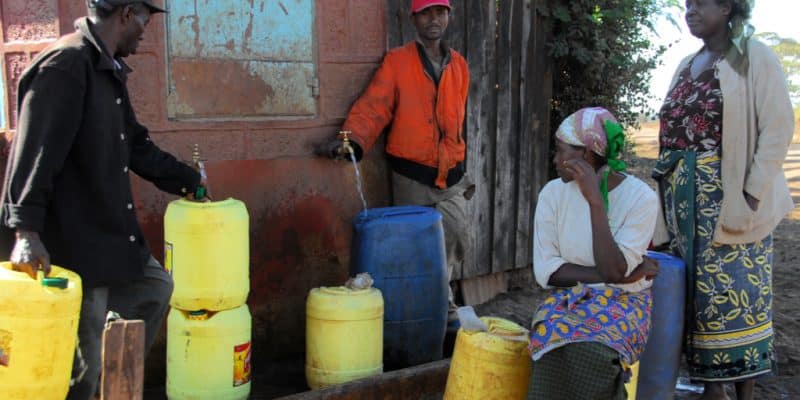In Naivasha, Nakuru County, Kenya, the authorities are improving the supply of drinking water to the population thanks to a defluorisation system. The facility was recently inaugurated by Nakuru Governor Lee Kinyanjui.
This is a major breakthrough for Naivasha in Kenya. Nakuru sub-county has just been equipped with a deluge system. The facility was commissioned by Nakuru Governor Lee Kinyanjui. The new system will reduce the level of fluoride in the groundwater.
Like Njoro, Nakuru Town West, Gilgil, Nakuru East and Bahati sub-counties, Naivasha has high levels of fluoride, sometimes well above the 1.5 milligrams per litre allowed by the World Health Organisation (WHO). The same source indicates that excess fluoride causes, among other things, conditions ranging from mild dental fluorosis to crippling bone fluorosis.
The new facility will also defluorinate water from the Malewa River. The river originates on the western slopes of the Aberdare mountain range in Kenya and flows south and west into Lake Naivasha in the Great Rift Valley. Nakuru Governor Lee Kinyanjui said his administration was also supporting the installation of water kiosks equipped with defluoridation filters using “local technology” to carbonise bones.
Read also –
According to the Kenya Society for Fluoride Research, 19 million Kenyans suffer from fluorosis. The defluoridation system installed in Naivasha will therefore help reduce the incidence of this condition, as it will benefit more than 500 000 people. Kenya thus joins other African countries that have been practising water defluoridation for a longer period of time, notably Namibia, where a plant has been in operation since February 2021. The defluorisation plant is located in the town of Eenhana, in the Ohangwena region.
Inès Magoum






